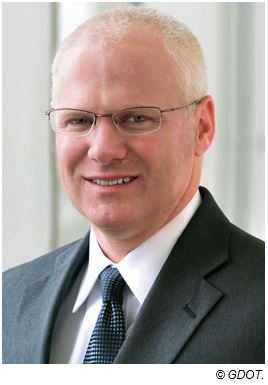Public Information and Information Exchange
Along the Road is the place to look for information about current and upcoming activities, developments, trends, and items of general interest to the highway community. This information comes from U.S. Department of Transportation (USDOT) sources unless otherwise indicated. Your suggestions and input are welcome. Let’s meet along the road.
FHWA Case Study Features Dockless Bike Share

